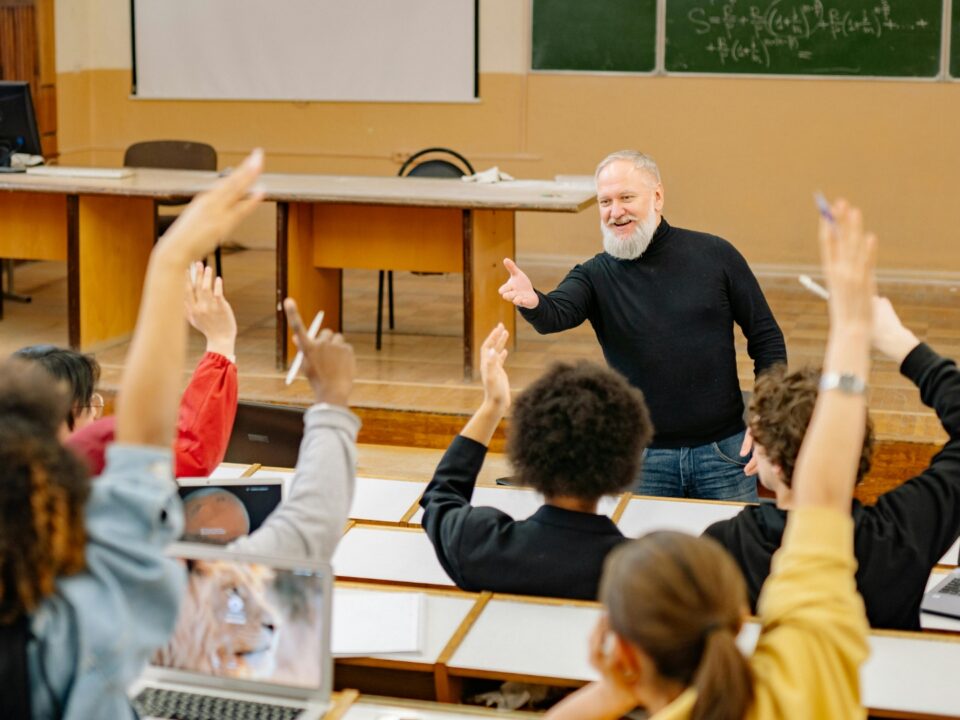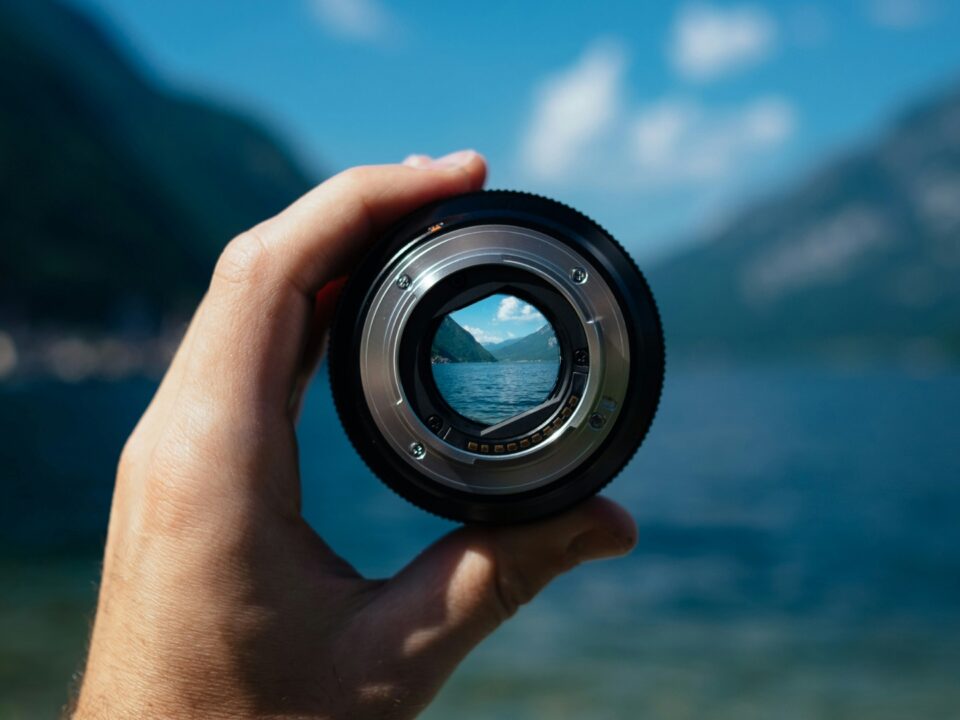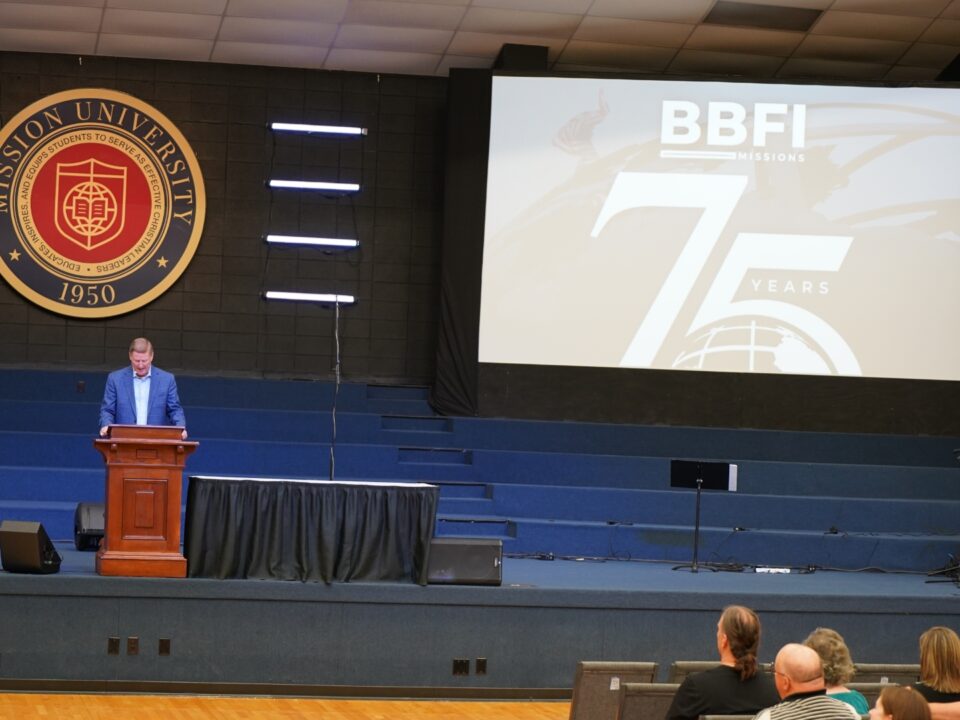An Interview – Part 2 | Videos with Impact
(Click Part 1 to see the first in a series of three articles)
LIGHTING
Don’t let a big light source, like a window, ruin your shot by overexposing it. Window lighting is the cheapest lighting available (it’s free) and the most even lighting source for videos. We want that light on the face, not on the back, and out of the shot unless you know how to adjust your camera settings to compensate for the bright lights.
There are some great tutorials on interview light on YouTube, and most of them recommend a technique called 3-point lighting. You can get creative with this by coming up with three light sources. The three points are called the key light, the fill light and the back light.
For a more professional look, shut off your ceiling lights, they are for lighting a room not an interviewee.
3-Point Lighting
The key light is the light that lines up next to your camera that faces the subject of the interview. It could easily be window light giving you an even, natural, and flattering look. The fill light is the light on the side of the subject that has shadows created by your key light. It’s there to help even out harsh shadows, unless you want a dramatic look. The back light is my personal favorite, it is a light behind the subject that creates bright edges on the rim of shoulders and the head. Most people set it above and behind the subject. It’s hard to hide, and unless you have a professional light or can rig something up, I wouldn’t worry too much about trying to achieve that look.
One-Light Setups
Flat Lightning is straight on the subject and it’s not really that interesting. Try not to do this.
Rembrandt Lighting is a single light set at a 45-degree angle to the subject, creating an interesting shadow.
Split Lighting creates a harsh, dramatic, dark look. It’s when one light is placed at a 90-degree angle to the side of the subject.
Top Down Lighting is moody, and it’s placed directly over your subject and points down on them.
Butterfly Lighting is one of the most flattering lighting techniques. It’s top down but more in front and at an angle to the subject; it creates a sharp jawline and shadow under the subject’s chin.
Practical Lights
Small lights that help light an interesting background. They are soft light that don’t affect the shot. Some people use lamps. They aren’t necessary but can help make the environment a little more interesting.



